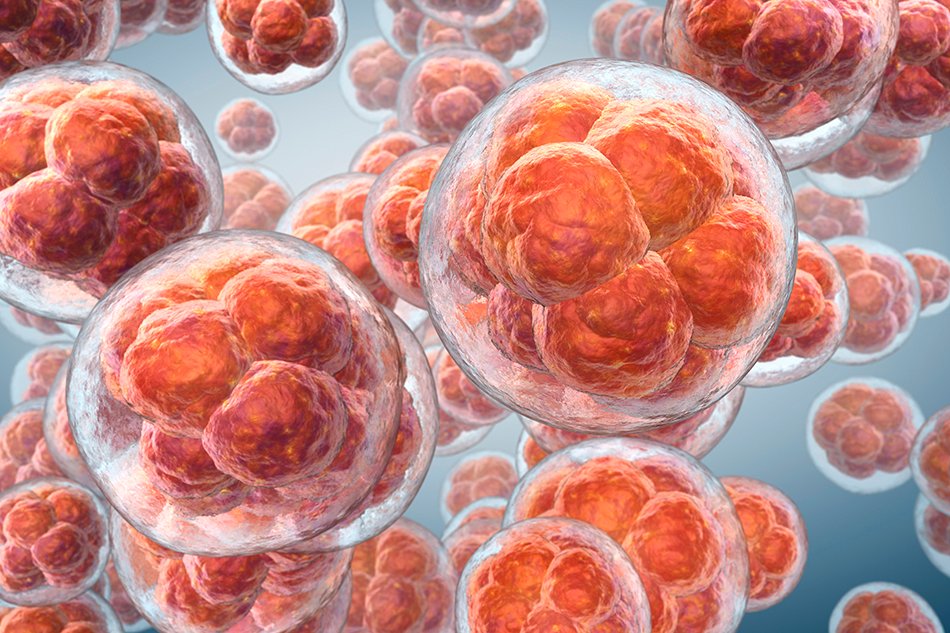In the study of embryology, the blastocyst represents a critical stage in the development of a mammalian embryo. Its understanding is crucial for comprehending human development and reproductive biology. With the advent of digital media, GIFs (Graphics Interchange Format) have become an invaluable tool in education, providing dynamic and engaging ways to visualize complex biological processes. This article explores the significance of the blastocyst in embryology and the role of GIFs in depicting its development and function.
What is a Blastocyst?
The blastocyst is a stage of early embryonic development that occurs approximately five to six days after fertilization in humans. It is characterized by the formation of a hollow sphere of cells with a fluid-filled cavity, known as the blastocoel. This stage follows the cleavage stage, where the zygote undergoes several rounds of mitotic divisions.
Structure of the Blastocyst
The blastocyst consists of three primary components:
- Trophoblast: The outer layer of cells that will eventually form the placenta and other supporting tissues necessary for fetal development.
- Inner Cell Mass (ICM): A cluster of cells located at one end of the blastocyst that will develop into the embryo itself, including the various tissues and organs.
- Blastocoel: The fluid-filled cavity within the blastocyst that helps it to expand and facilitates the implantation process.
The Role of the Blastocyst in Development
The blastocyst plays a pivotal role in the implantation process, which is crucial for establishing a successful pregnancy. Once it reaches the uterus, the trophoblast cells adhere to the uterine lining and begin the process of embedding into the endometrium. This implantation is essential for the nutrient exchange between the mother and the developing embryo.
Visualizing the Blastocyst: The Power of GIFs
In educational settings, visualizing the blastocyst’s development through static images can be challenging. GIFs offer a dynamic solution, providing a series of images that illustrate the transformation of the blastocyst over time. This animated format helps in understanding the complex changes occurring during this stage.
- Developmental Dynamics: GIFs can showcase how the blastocyst changes shape, expands, and undergoes various developmental stages. For example, a GIF might illustrate how the blastocyst hatches from the zona pellucida (a protective layer surrounding the embryo) and begins the implantation process.
- Interactive Learning: Educational GIFs allow students and researchers to interactively explore the blastocyst’s structure and function. By observing the animation, one can gain a better grasp of concepts like trophoblast differentiation and inner cell mass organization.
- Enhanced Engagement: Animated GIFs are more engaging than static images, making them a useful tool for teaching and presentations. They capture attention and make complex processes easier to understand, enhancing the learning experience.
Creating Blastocyst GIFs
Creating a GIF to represent the blastocyst involves several steps:
- Source Material: High-quality images or videos of blastocysts are required. These can be obtained from microscopy studies or digital simulations.
- Animation Software: Tools like Adobe Photoshop, After Effects, or specialized scientific visualization software are used to create the animation. These tools allow the creator to stitch together frames and adjust the timing to accurately represent the developmental processes.
- Educational Focus: The GIF should be designed with educational goals in mind, focusing on key developmental milestones and cellular changes. Clear labeling and annotations can enhance the educational value.
Applications in Research and Education
- Teaching and Training: In academic settings, GIFs are used to teach students about embryology, reproductive biology, and related fields. They help illustrate dynamic processes that are difficult to capture in traditional static images.
- Public Outreach: GIFs are also effective tools for public outreach and science communication. They make complex scientific concepts more accessible to a broader audience, including those without a background in biology.
- Scientific Research: Researchers use GIFs to share findings and demonstrate experimental results. Animated visualizations can be particularly useful in illustrating novel discoveries or experimental techniques.
Challenges and Considerations
- Accuracy: Ensuring the accuracy of the representation is crucial. Misleading or incorrect visualizations can lead to misunderstandings about the blastocyst’s development.
- Resolution: High-resolution images are essential for creating clear and informative GIFs. Low-quality images can result in a GIF that lacks detail and fails to convey the intricacies of the blastocyst.
- Accessibility: While GIFs are engaging, they should be accompanied by supplementary explanations to ensure that viewers can fully understand the content. Accessibility considerations, such as providing descriptive text, can enhance the educational value.
Future Directions
As technology advances, the potential for creating even more sophisticated and interactive visualizations of biological processes will grow. Virtual reality (VR) and augmented reality (AR) are emerging technologies that could further enhance our understanding of embryonic development by providing immersive experiences. Combining these technologies with animated GIFs could offer new ways to visualize and interact with the blastocyst and other biological phenomena.
Conclusion
The blastocyst is a fundamental stage in embryonic development, and understanding its role is crucial for fields ranging from reproductive biology to developmental medicine. GIFs have emerged as a powerful tool for visualizing and teaching about the blastocyst, providing dynamic and engaging representations of its development. As educational and technological innovations continue to evolve, the integration of GIFs with other advanced visualization techniques promises to further enhance our comprehension of this vital stage in human development.




